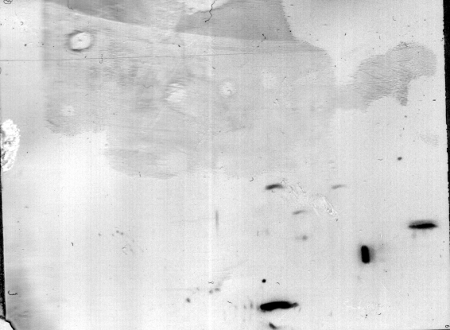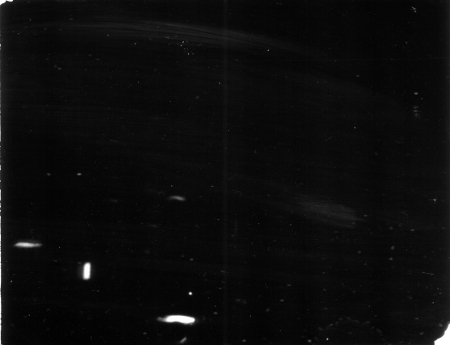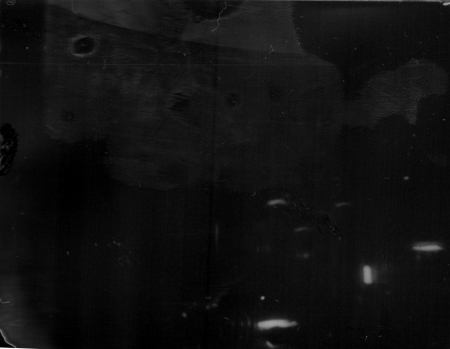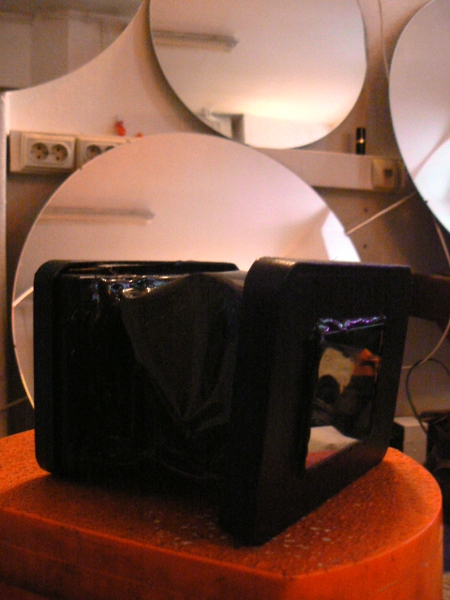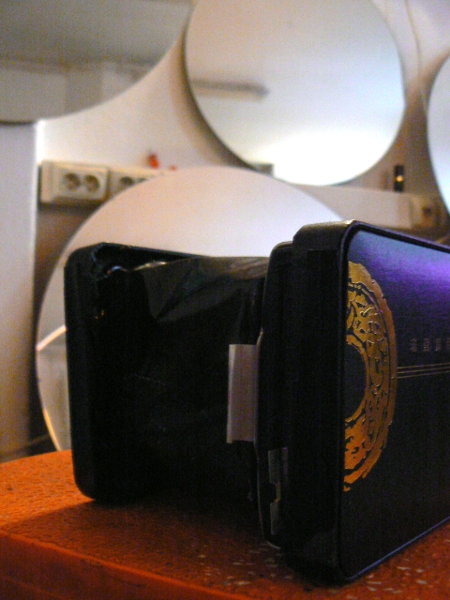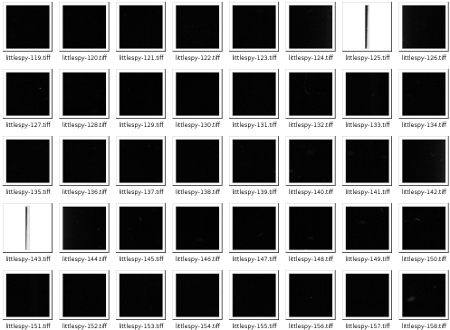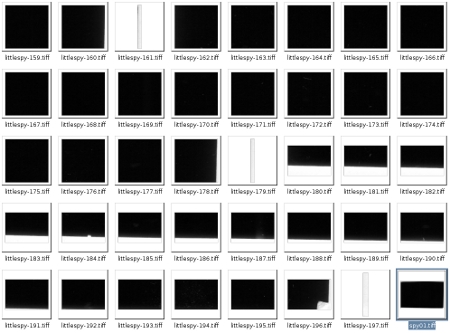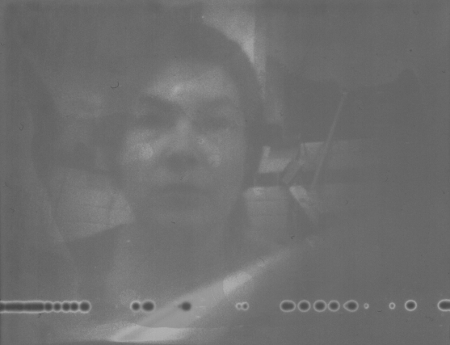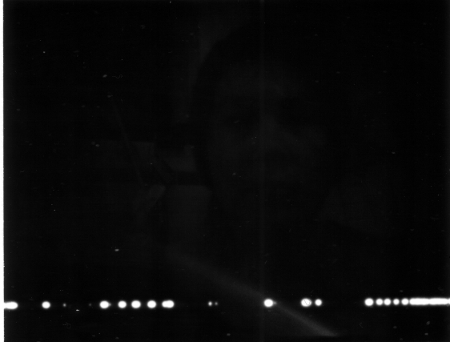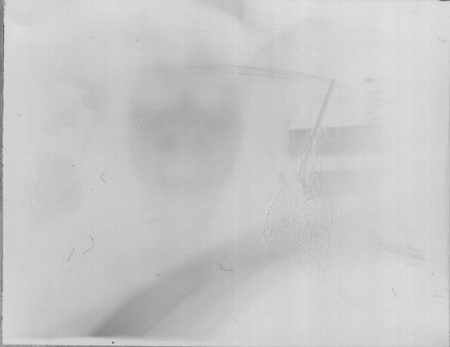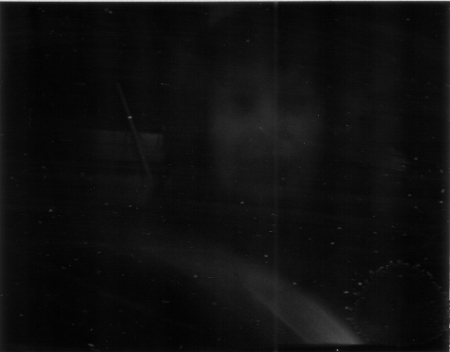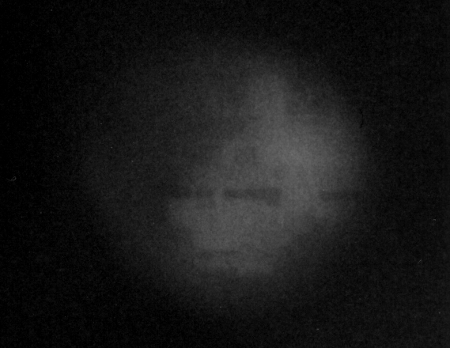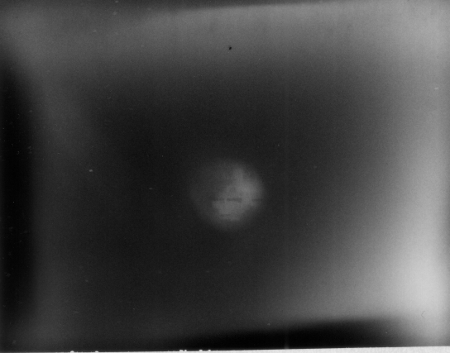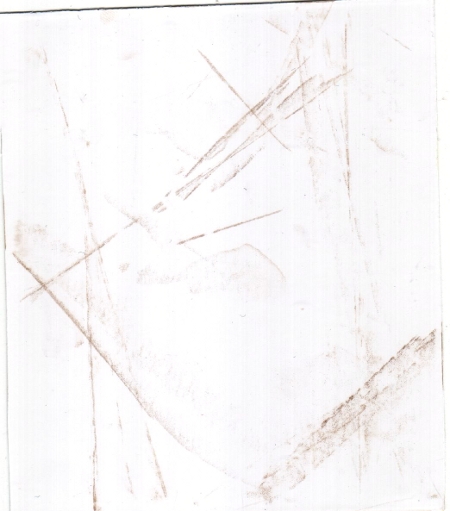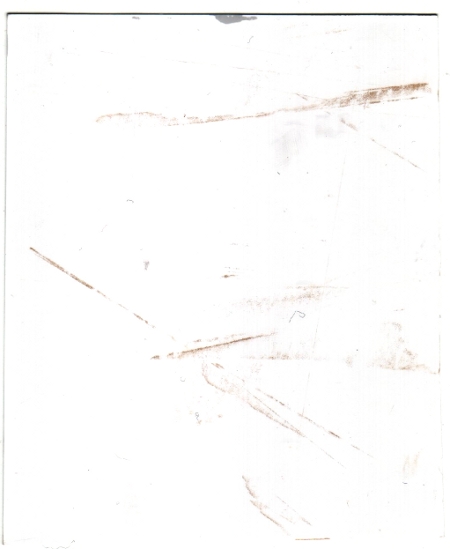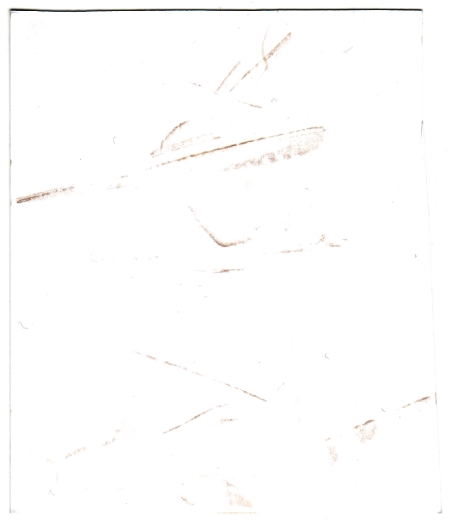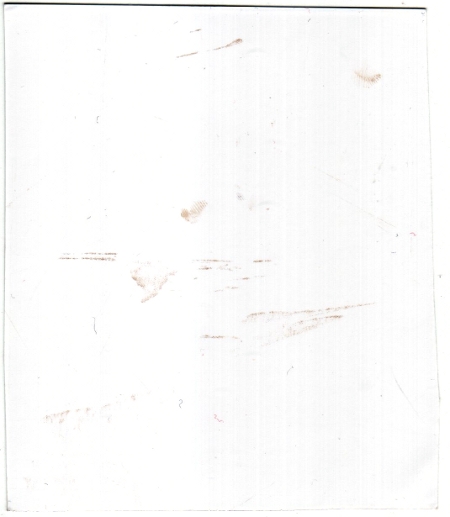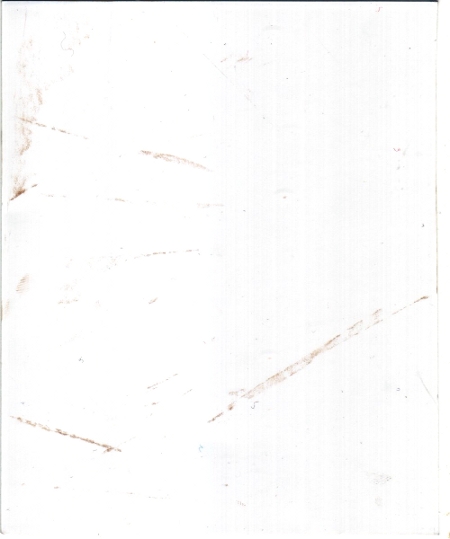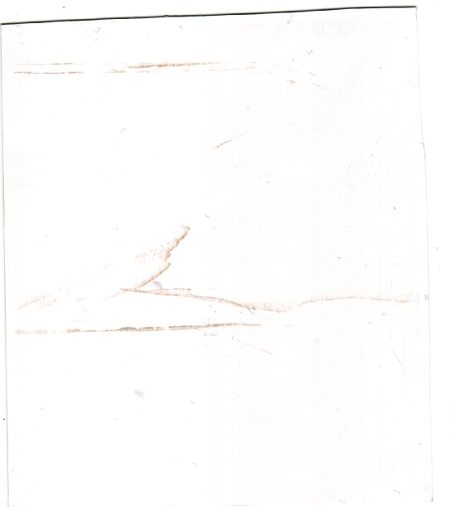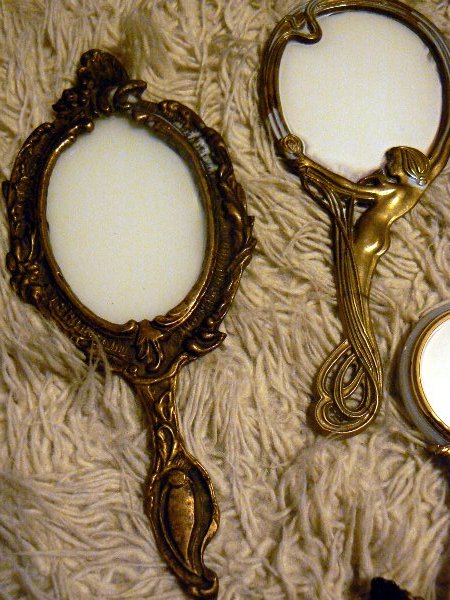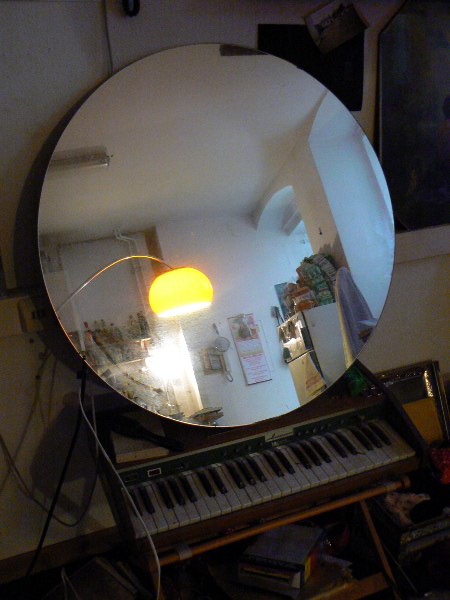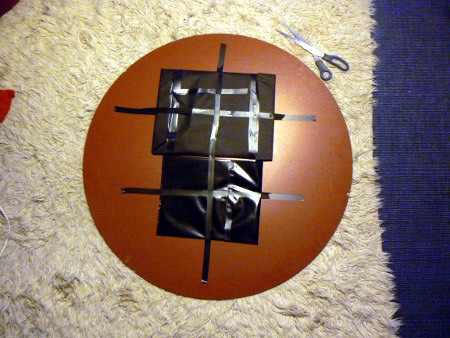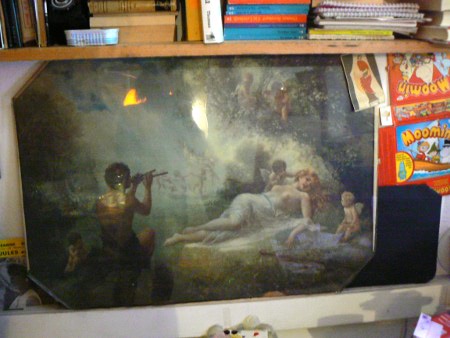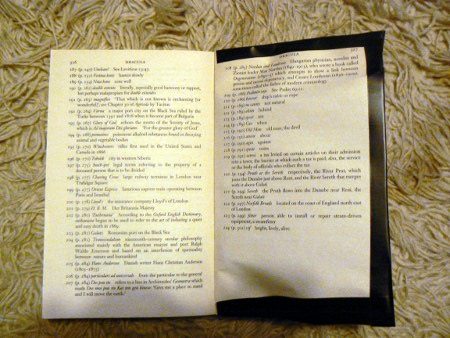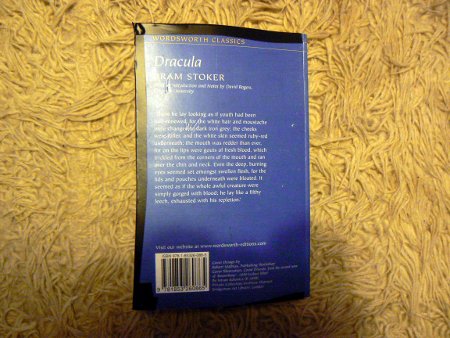
The Red Velvet Curtain Cult presents
‘VOYEUR’
A late night event at The Whitechapel Art Gallery .
Thursday 3rd December 2009. 7-10pm.
Free
For their Fourth instalment at the Whitechapel Art Gallery the Red Velvet Curtain Cult presents ‘Voyeur’. An evening of gazing, peeking and lurking with live art, installation, films, readings, audio and oddities inspired by the works and processes of Sophie Calle.
Expect to be spied upon, interrogated, stalked, perplexed, entranced & mystified by this evening exploring voyeuristic tendencies. You will find works in the shadows, intimate encounters, information overload, your thoughts laid bare and secrets exposed…
Serenaded by ‘Love Stop Repeat’ & DJ Sy Hackney, compered by Brian Dawn Chalkley.
Riffat Ahmed, Jack Catling, Amanda Castro with the Jeremis Iron Arts Collective, Rebecca Chitty & David King, Tamara Erde, Camila Fiori, Emma Gibson, The Great Antagonist, Kathrin Günter, Gabo Guzzo, Poppy Jackson, Mary Beth Morossa, Marianna & Daniel O’Reilly, Simon Raven, Alexa Reid, Sarah Ruff, Alexandra Santos, Nicola Singh, Folie a Trois, Richard Webb, Kate Wiggs, Sonya Chenery & Joanna Austin, Andy Wood, Nicola Woodham & Robin Bale
Curated by Lili Spain and Sarah Grainger-Jones.
